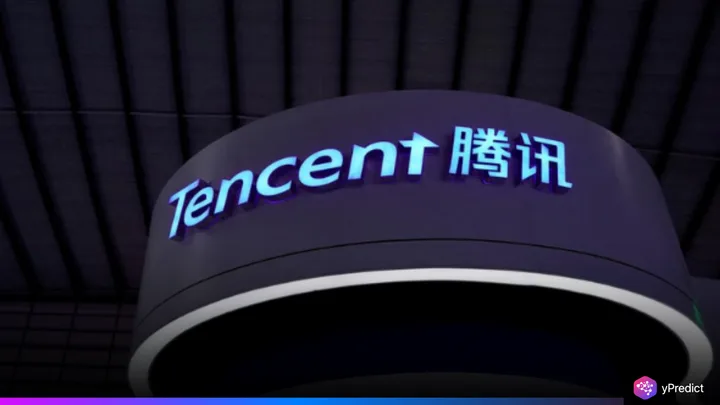
Tencent has launched a suite of AI-powered tools to modernize nonprofit work in China, aiming to fix long-standing issues around transparency, safety, and efficiency. The tech giant introduced 15 tools at a recent event, offering everything from automated donation tracking to secure digital transfers through WeChat Pay. One of the early adopters is the China Children and Teenagers’ Fund, which supports underprivileged students in rural areas.
The group now uses Tencent’s digital payment tool instead of handing out cash, a method that once raised safety concerns. So far, over 800 charity projects have used the tools, helping distribute more than 50 million yuan (US$6.9 million) in aid. The launch reflects Tencent’s growing investment in social innovation, including a newly announced 135 million yuan industry support program for 2025.
AI Tools That Tackle Real Problems in Rural Charity Work
Tencent’s new initiative includes tools like “AI Ask Project” and “ima,” which help nonprofits manage information more easily. These systems are built on Tencent’s own large language model, Hunyuan, and can answer user questions or generate custom knowledge bases from documents and online content. The most immediate impact comes from Tencent’s digital payment system.
It allows funds to be sent directly to recipients via WeChat Pay, bank cards, or social security cards. This replaces the traditional practice of carrying large sums of cash to remote areas, which posed safety and tracking problems. By blending AI with widely used platforms like WeChat, Tencent hopes to make charity work smarter, safer, and more transparent for both donors and recipients.
The China Children and Teenagers’ Fund now uses this system for its “Spring Bud” program. Scholarships for rural girls are now transferred directly to recipients’ accounts. “Digital delivery helps us protect the girls and staff involved,” a program staffer noted. “It also builds trust with donors, who can now track where the money goes.” These tools aim to bring much-needed transparency to China’s complex charity environment.
Early Adoption Brings Momentum and Room to Grow
In just a few months, more than 800 nonprofit programs across China have started using Tencent’s digital tools. These tools have already helped move 50 million yuan in donations and made it easier to manage projects and reports. For many smaller groups, though, going digital takes time. Some lack the staff or tech know-how to use all the features right away. To help, Tencent has set aside 135 million yuan (US$18.6 million) for training and support in 2025.
The rules for fundraising can also vary. Only some nonprofits are allowed to raise money from the public. For others, secure and trackable digital tools offer a helpful workaround. Features like real-time updates and donation tracking help build trust with donors. And with over 600 million people on WeChat, these tools have the reach to support even the most remote charities, if they get the help they need to grow.
AI’s Role in Philanthropy Expands, With Tencent Leading China’s Shift
Tencent’s entry into AI-powered philanthropy reflects a larger global trend. More nonprofits are turning to technology for transparency and efficiency. But Tencent’s tools stand out for how deeply they tie into daily life in China. By connecting donation tools to platforms people already use, like WeChat, Tencent removes friction from giving and receiving.
The model echoes successful digital efforts in the West, but with a uniquely local approach. This isn’t a sudden pivot for Tencent. The company has spent over a decade building its public welfare strategy, starting with “Public Welfare 2.0” in 2007 and launching the major “99 Giving Day” campaign in 2015. Now, with AI in the mix, Tencent is reshaping how charities work, making them faster, safer, and better equipped to serve people in need.






